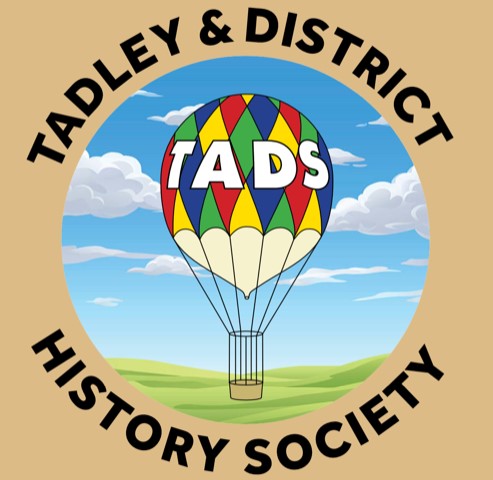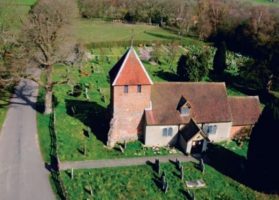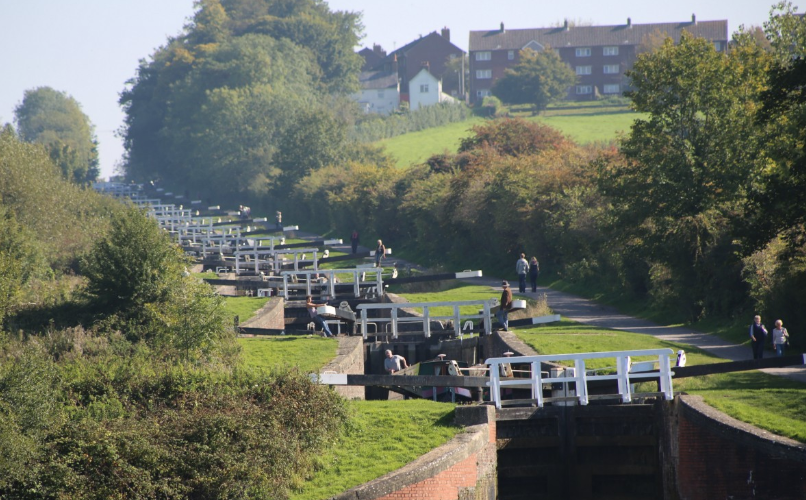Talk by Graham Horn – TADS Meeting 16th October 2019
Graham has been an active member of the Kennet and Avon Canal Trust for 30 years, including serving as a trustee, so was well qualified to tell us about the canal.
The canal goes from Bath in the west, across Wiltshire and Berkshire to Newbury. I thought it went on to Reading, but the River Kennet from Newbury to Reading was canalised about 1720, over 80 years before the canal was built, although today they are all one. With the River Avon from the River Severn through Bristol to Bath, the canal provided a route for goods and people from Bristol to London (using the Thames from Reading) at a time when the roads were in very poor condition.
It was built during the Napoleonic wars with France so provided a safe route avoiding the hazardous English Channel, as well as providing a connection to the Americas and the world from Bristol. The central canal was no mean undertaking, 57 miles climbing to 450 feet above sea level and most of the way down again. And there were major water supply problems. It was dug by hand, JCBs and the like being years in the future.
Notable features are the Georgian style buildings, bridges and two aqueducts in bath stone at the Bath end; the amazing Caen Hill flight of 29 consecutive locks climbing up to Devizes; the wide 500 yard summit tunnel; and the steam pumping engine house at Crofton lifting water up to the summit level. There are 104 locks in the 87 miles from Bath to Reading.
The enabling act for the construction of the canal was passed in 1794 and it was opened 16 years later in 1810. The engineer, John Rennie, not only had to design and build the canal but also had to negotiate with land owners to buy passage through their estates. (No compulsory purchase at that time). As is usual with all big projects, it went way over budget several times.Unlike the Basingstoke Canal, the K&A was very profitable and continued to make a profit until 1852. It was the Great Western Railway which killed it, especially as the railway ran parallel to the canal over much of its length.
Eventually the canal was bought lock, stock and barrel by the GWR who then owned it until nationalisation after the Second World War. Needless to say the railway company did the absolute minimum of maintenance. The canal came out of the war in a pretty bad state, the only recent additions being many very substantial, concrete, military pillboxes installed where it was
a defence line against invading German forces.
Nationalisation in 1948 put it in the ‘care’ of consecutive organisations which eventually became the current Canal & River Trust. Initially these organisations had little interest in the canal and did not consider it had a future, but the 1950s saw the start of the canal restoration movement whose aim was to use the canals as pleasure waterways.
One saving factor for the K&A was barge operator John Gould of Newbury who won a legal case that the 1794 Act demanded the right
of navigation in perpetuity. The canal was saved in principle, but in reality it was a total mess as Graham’s photographs showed. Long stretches without water and filled with undergrowth, broken and rotting lock gates, crumbling banks, locks filled with deep mud, etc. etc.
Restoration started in the early 1970s with volunteers from the Kennet & Avon Association, now the Kennet &Avon Canal trust, working in weekend gangs. As skilled as they became the task was totally beyond them and most of the work had to be done by contractors. The main task for the volunteers was then raising vast amounts of money. Fortunately the National Lottery came up trumps, providing its biggest ever grant. After nearly 20 years the restoration was complete and the whole canal was reopened by the Queen on the 8th August 1990, with Graham in attendance.
Today the work of the Trust is focused on maintenance. Dredging is on a 3 year cycle, and wooden lock gates last about 25 years. (Steel gates were tried but proved to be a disaster).
Thank you Graham for taking us through the story and giving us the view of an insider.
Richard Brown


